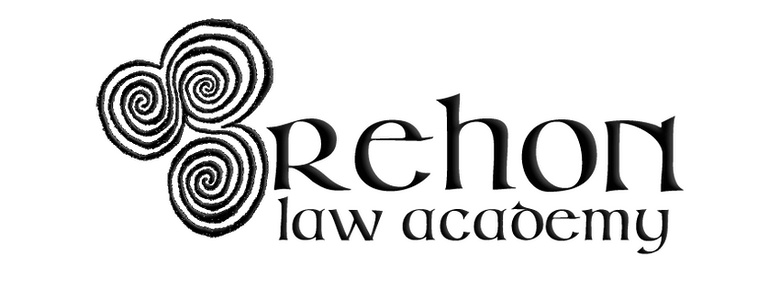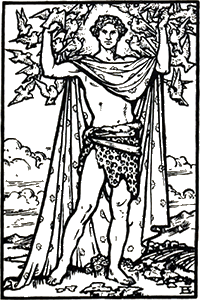Irish Claddagh Ring - A Symbol of Love, Loyalty and Friendship
February 14, 2024
With Valentine's Day upon us, I thought it would be a good idea to take a moment to consider the Claddagh ring, perhaps the most famous and powerful Irish symbol of love.
It has its roots in a type of finger ring called Fede or faith ring which was worn as a sign of devotion to a spouse or beloved, however, this widespread European jewellery tradition evolved a peculiar variation in the West of Ireland that has come to be known as the Claddagh ring.
The Claddagh is a tiny old fishing village located outside of Galway City in an area where the famous Corrib River opens out into the Atlantic. Originating from a humble Galway fishing village, this symbol is now one of the most recognizable pieces of jewelry in the world.
Claddagh Ring Symbolism and Meaning
The Claddagh ring is about love, loyalty, and friendship: two hands for friendship, a heart for love, and a crown on top for loyalty. But the ring can also symbolise the status of the wearer depending on how it is displayed.
On the right hand with the heart worn outwards it indicates that the wearer is single and available for courtship. Worn on the ring finger of the left hand with the heart outwards it shows that the heart is occupied, but not yet married. Worn on the left ring finger with the heart facing inwards the Claddagh Ring declares that the wearer is married.
Single: You should wear the ring on your right hand with the heart facing outwards.
Relationship: You should wear it on your right hand with the heart pointed inwards.
Engaged: You wear it on your left hand with the heart pointing outwards.
Married: You wear it on your left hand with the heart facing inward.
Origins of the Claddagh Ring
There are two legends about the origin of the Claddagh ring. Both involve members of the Joyce tribe. One Margaret Joyce married a wealthy Spanish trader, Domingo de Rona. After his death she inherited his fortune and remarried Oliver Og French, the Mayor of Galway 1596-7. Margaret was renowned for her charity and for building a great number of bridges at her own expense. One day an eagle flying overhead dropped a golden ring into her bosom, set with a rare and unknown stone. This miracle was seen as a reward from Heaven for Margaret’s good works. The ring became the model for the Claddagh Ring.
The second and more widely known legend is that Richard Joyce was captured by Algerian Corsairs around 1675. Enslaved, he was purchased by a Moorish goldsmith, who trained him in the craft. In 1689 King William III sent an ambassador to Algeria to demand the release of any and all British subjects who were enslaved in that country, which at the time would have included the Irish. His forceful negotiations were successful. The master of Richard Joyce had grown very fond of him and begged that he remain with him in freedom, going so far as to offer Joyce his only daughter’s hand in marriage and half his property. Joyce refused the offer and returned to Galway, where he successfully followed the trade he had learned in his captivity. In the more romantic versions of the tale he marries the sweetheart that faithfully waited fourteen years for him. The earliest Claddagh Ring examples that can be reliably dated do, in fact, bear the mark of goldsmith Richard Joyce, who was active in Galway circa 1689-1737.
Sources:
https://www.celtic-weddingrings.com/claddagh-ring-meaning
https://www.walkerscelticjewelry.com/blogs/celticjewelry/9178355-claddagh-ring-history-and-symbolism














